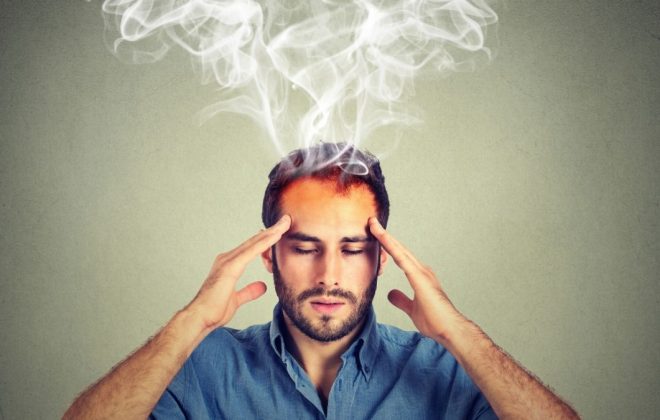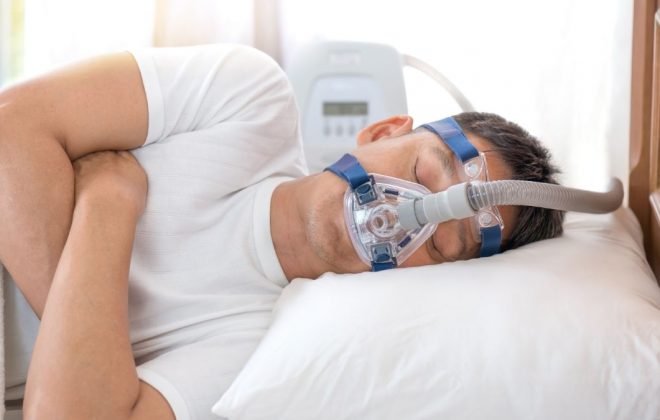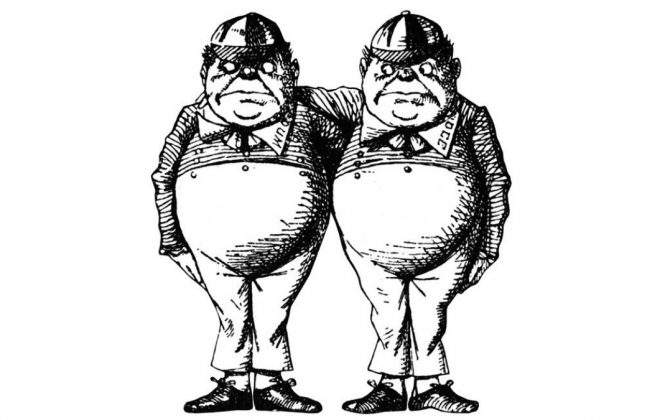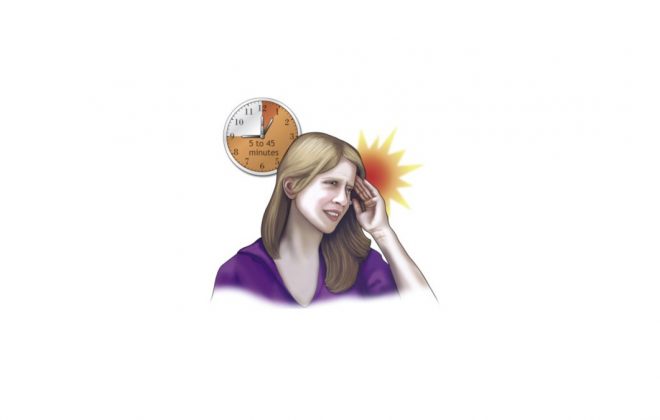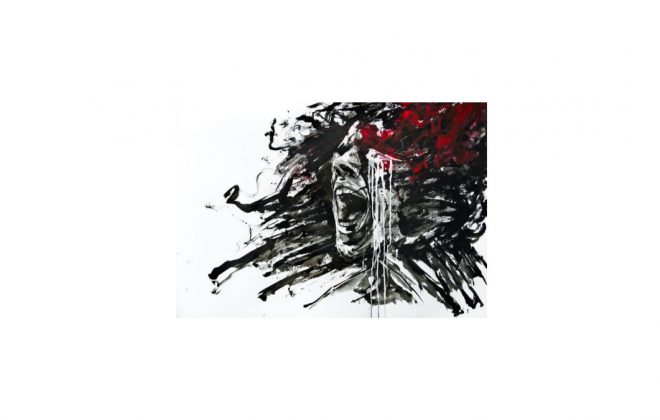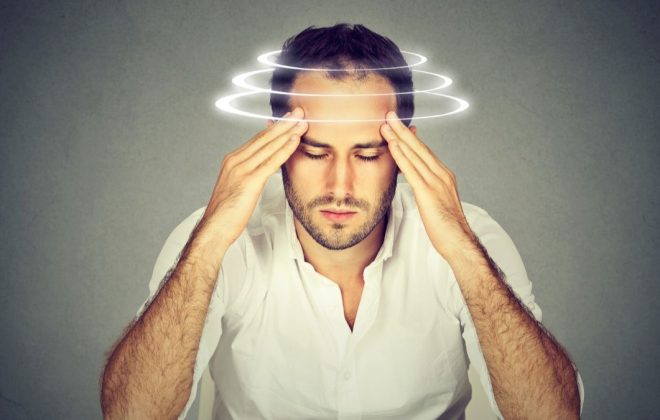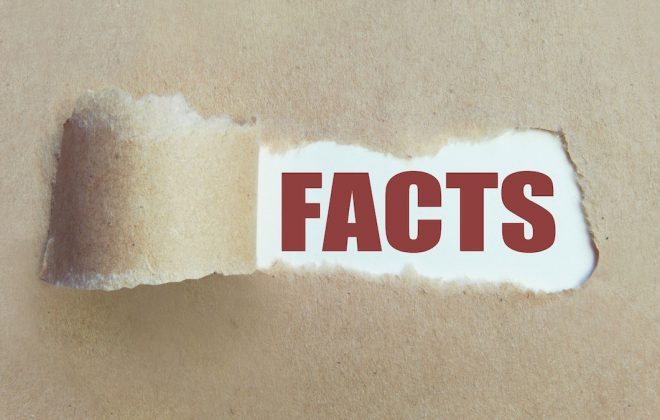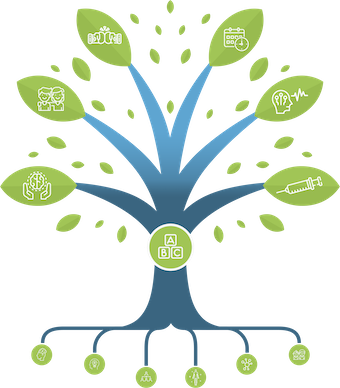Trigeminal neuralgia
What is trigeminal neuralgia? Trigeminal neuralgia is a type of facial pain. It is caused by a problem with the trigeminal nerve, which is a nerve that is responsible for sensation in the face. The pain is typically described as sharp, brief, electrical. The pain is…
Tension Type Headache
A tension type headache is very different from a migraine. Here are a few facts about tension type headache. What does a tension type headache feel like? The pain is mild to moderate, not severe, which does not prevent you from functioning Pain on both sides…
I have sinus headaches… could it be migraine?
Patients with migraine are often falsely diagnosed as having sinus headache or “sinusitis”. Can a sinusitis cause a headache? YES. A true sinusitis can cause severe headaches, sometimes associated with facial tenderness when the areas over the sinuses are touched or when the person bends…
Sleep apnea and migraine
What is sleep apnea? Sleep apnea means that the breathing stops during sleep, either because the airway gets blocked or because the drive to breathe from the brain stops. Eventually, the low oxygen triggers a gasp for air and the person starts breathing again. What…
Top Ten Facts about the neck and migraines
In humans, the head and the neck pain networks are linked and can cross-talk The sensation of the face, head, sinuses, teeth, jaw are carried through the trigeminal nerve (V1, V2, V3). The sensation of the neck and upper shoulder are carried through the cervical…
Other headaches associated with migraine
People with migraine have particular brains that may be prone to develop other types of headaches. Here are a few examples. Post-traumatic headache A person with migraine who has a concussion has more risk of developing persistent headaches. Migraines may also deteriorate after a trauma….
Paroxysmal Hemicrania, Hemicrania Continua: the little cousins of cluster headache
My physician has told me that I might have Paroxysmal Hemicrania (PH) or Hemicrania Continua (HC). I never heard about those before. PH and HC are very rare. Even headache specialists do not see them very often. They are in the family of trigemino-autonomic cephalalgias,…
New Daily Persistent Headache
What is New Daily Persistent Headache? According to the International Classification of Headache Disorder (the reference book for headache diagnosis), a diagnosis of NDPH can be made if: A. Persistent headache fulfilling criteria B and C B. Distinct and clearly remembered onset, with pain becoming…
Intracranial hypertension or pseudotumor cerebri: basics
What is idiopathic intracranial hypertension? The pressure inside the head should be stable. Imagine a car tire: if the pressure’s too low, it gets flat (in the head that causes the intracranial hypotension syndromes), and if it’s to high it can damage the tire. Idiopathic…
Cluster headache : basics
What are the typical characteristics of a cluster headache attack? Location of pain: eye, temple, forehead. The pain may also go to the cheek, jaw, teeth and neck. Type of pain: very severe, excruciating. Sometimes described as a poker crushing the eye. The pain may…
Neck Pain and migraine….is this cervicogenic headache?
STORYBOX 1: Mandy, 27, has migraines since she’s 15. She has more migraines during her period. Her usual frequency is 10 days per month. She’s tall, lean, and has hyperextensible joints. She used to practice yoga and light weights, but now she’s working full time…
Vestibular migraine
STORYBOX : David has migraine attacks a few days per month, with light sensitivity and nausea. When he was a kid, he was car sick. Last year, he woke up one morning with severe vertigo and could not walk. He went to the ED and received…
Medication Overuse Headache
What is medication overuse headache? A headache that is caused, in part, by the regular use of some types of medications. This headache is present on 15 or more days per month for 3 months or longer, in a person who uses medications on 10-15+…
Should I worry about this headache?
Headache is an extremely common symptom that can be caused by migraine, but also tumors, infections and other illnesses. There are more than 200 causes of headache in the International Classification Of Headache Disorders! (our Bible for headache diagnosis). The vast majority of headaches are…
Migraine with aura: an overview
STORYBOX: Shelly is now familiar with her aura. The normal one starts with a little flashing dot on the right side of her vision. The dot becomes bigger and transforms into squiggly lines. Gradually, this flashing becomes gray then dark. After 40 minutes, she gains…
Hemiplegic migraine : I am paralyzed with my migraine!
Here is a story: Joan was used to her visual auras. She had them since she was a child, seeing squiggly lines. Now at 27 years old, she was using triptans, had learned about her triggers, and was functioning well. But last week, her aura…
Refractory Chronic Migraine: support encouragement
People who seek the help of experienced headache specialists are usually not at the beginning of their migraine journey. People with refractory chronic migraine often have: Seen many specialists over many years Been told that «it’s impossible to have headaches every day» Modified their lifestyle,…
Chronic migraine: basic facts
How does the physician diagnose Chronic Migraine? If you have a history of occasional migraines and the attacks have become more frequent over months or years, so that you now have headache on more than 15 days a month, then a diagnosis of chronic migraine…
The Migraine Family: categories and groups
Let’s face it: there are many types of migraine. This is complicated even for physicians, especially family docs who do not receive a lot of training on migraine during their residency. It is important to understand those terms as specific characteristics might influence your investigations…
Vestibular migraine in children
What is vestibular migraine? Vestibular migraine is the second most common cause of vertigo in children occurring between 6 and 12 years of age more frequently in girls .Children with this syndrome complain of attacks of “vestibular” symptoms including false sensation of self-motion, false sensation…
Categories
THE MIGRAINE TREE
- BRANCHES
- ACUTE TREATMENTS
- DEVICES AND NEUROMULATIOIN
- PREVENTIVE TREATMENTS
- PROCEDURES AND INJECTIONS
- SELF-CARE AND LIFESTYLE
- SOCIAL LIFE
- TRUNK
- ROOTS
OTHER CATEGORIES



